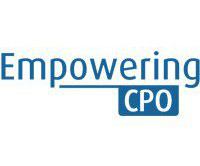Procurement on the Thames: Ivalua’s London Summer Symposium
ivalua
JUNE 26, 2023
Blog » Procurement on the Thames: Ivalua’s London Summer Symposium June 26, 2023 | | Thought Leadership by Eloise Barnum As businesses navigate through supply chain disruptions, high inflation, and sustainability initiatives, procurement, and supplier management has taken center stage in driving change. See you soon!












Let's personalize your content